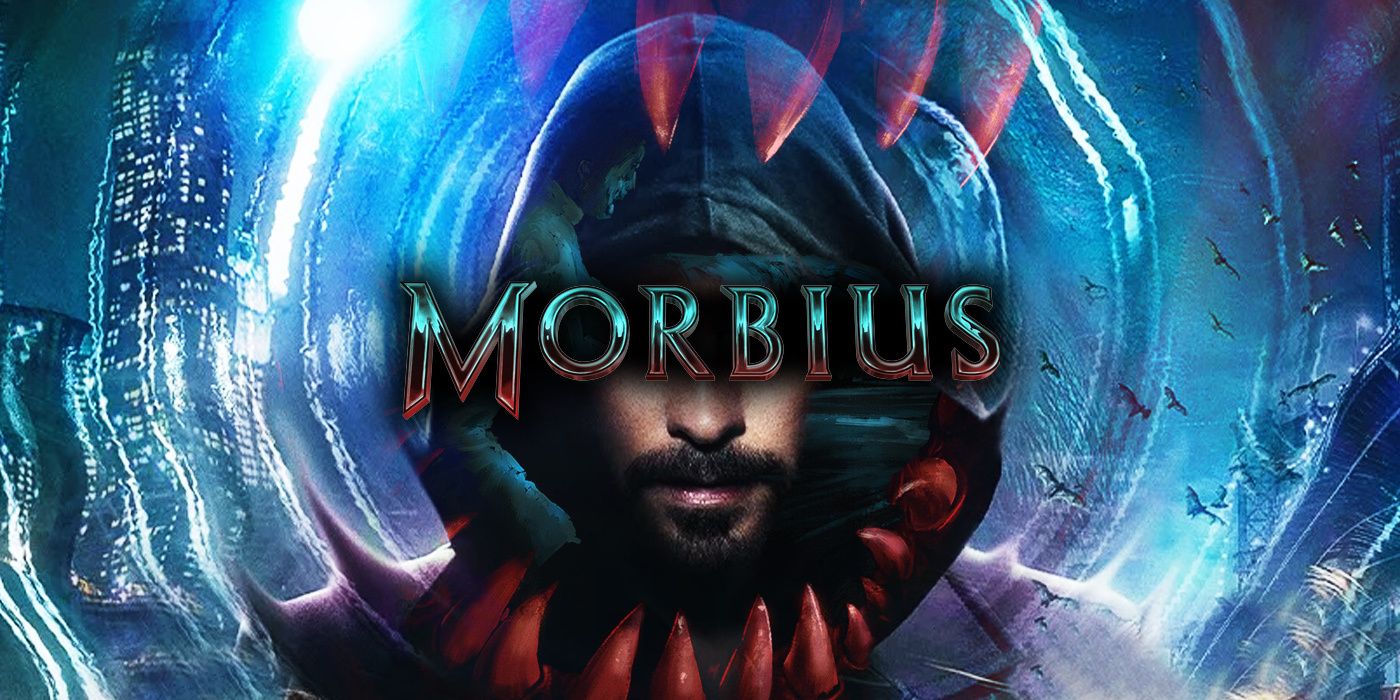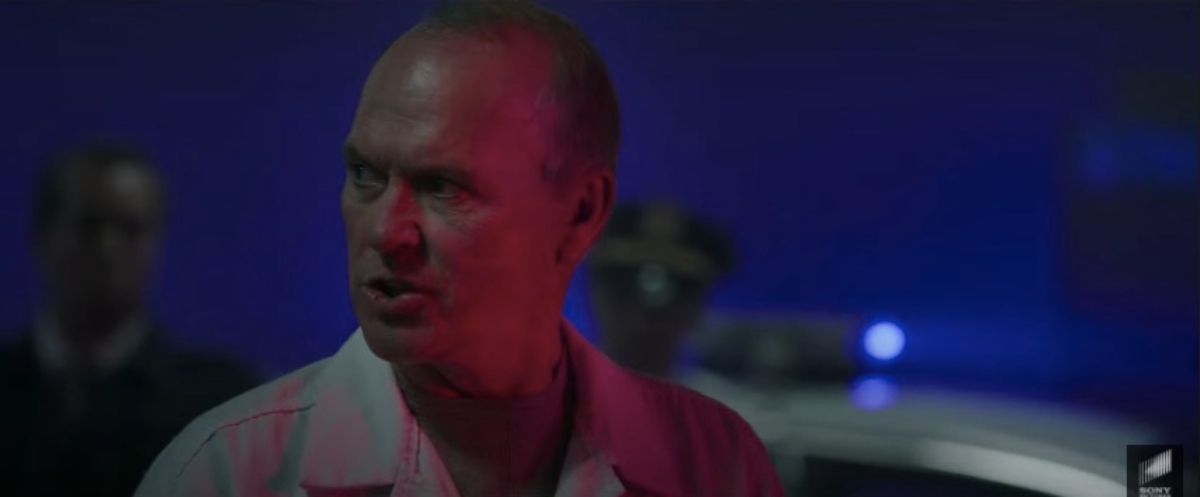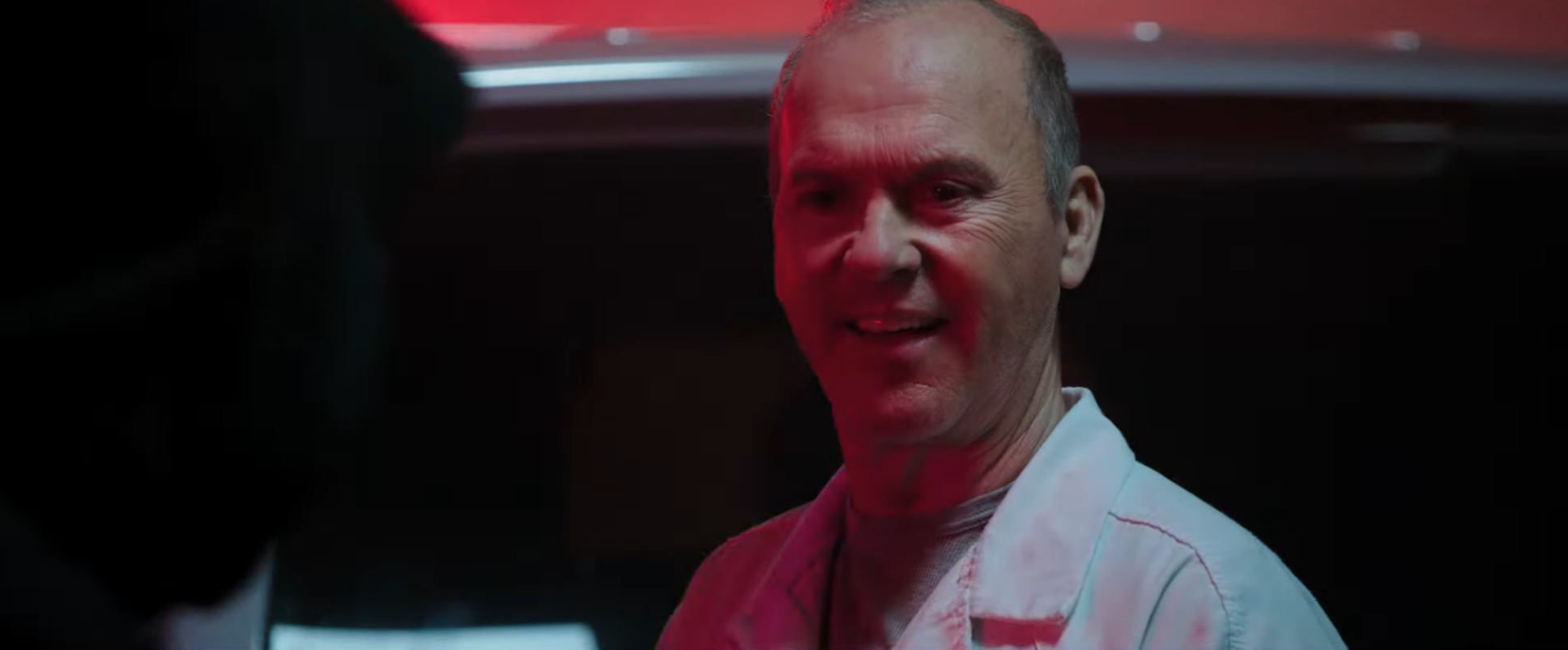Editor's note: The below article contains spoilers for Morbius.
Sony Pictures’ latest comic book film Morbius finally hits theaters this week after a series of pushbacks. Based on the Marvel Comics character created by Roy Thomas and Gil Kane in 1971, Morbius was first announced in 2017, when Sony announced that they would be developing a separate shared Marvel universe that wasn’t connected to Disney’s Marvel Cinematic Universe. Although the film was first scheduled to debut on July 10, 2020, the COVID-19 shutdown pushed it back several times. Recently, Sony pushed the film from its intended January release date following the box office success of Spider-Man: No Way Home.
Morbius follows the story of Dr. Michael Morbius (Jared Leto), a genius-level scientist with a rare blood condition. Although Morbius has saved countless lives and developed cutting-edge technology to keep himself alive, he’s cursed by an inadvertent experiment that transforms him into a living vampire. Morbius must choose whether his hungry new condition will be used for good or evil.
As with any Marvel Comics adaptation, there’s intense speculation around Morbius regarding how the film will tie into the future of the universe. Morbius has two post-credit scenes to stick around for that set up intriguing questions for the future of the character.
In the first post-credit sequence, Michael Keaton makes an appearance as the character Adrian Toomes, also known as the supervillain The Vulture. Toomes suddenly appears in a prison cell, unaware of how he got there. Keaton first appeared in the 2017 film Spider-Man: Homecoming, the first solo film starring Tom Holland as Peter Parker. After leading a resistance movement against Tony Stark (Robert Downey Jr.) and stealing his technology, Toomes is imprisoned after a fierce battle with Peter.
The first Morbius post-credit sequence teases the rift in the multiverse that took place at the end of Spider-Man: No Way Home, which showed the multiple alternate universes that were opened up by Dr. Steven Strange (Benedict Cumberbatch). Both Spider-Man: No Way Home and last year’s Venom: Let There Be Carnage had hinted that the Sony universe and the MCU could interact further in the future. Under the shared rights agreement between Sony and Marvel Studios, Holland’s Spider-Man can appear in MCU films, but Sony still produces their own solo projects.
Because the events of Morbius take place in an alternate point within the multiverse, nobody knows who Toomes is, and his sudden appearance is described as “miraculous.” As a result, Toomes’ crimes from Spider-Man: Homecoming are unknown, so the authorities don’t realize that Toomes was in prison for a reason. He’s released almost immediately after his arrival. This sequence is critical to audiences’ understanding of how the two universes interact; any changes in the multiverse could cause a ripple effect, but most of the characters in the Sony timeline are unaware of the events in the MCU.
In the second post-credit sequence, Toomes is seen flying in his winged Vulture suit that was taken from him at the end of Spider-Man: Homecoming. Toomes and Morbius meet in the middle of an isolated desert for what is assumed to be a planned meeting. Toomes introduces himself to Morbius and offers him a proposal to join the team he’s putting together. Morbius doesn’t formally commit to Toomes’ offer, but he suggests that the possibility is “intriguing.”
As we know, Sony had once planned to develop a Sinister Six project before the shared rights agreement with Marvel Studios. In The Amazing Spider-Man 2, several Spider-Man villains appeared in brief cameo roles in order to set up a spinoff film that was in development. Although many of these plans were seemingly set aside after the series was rebooted under Marvel Studios, Sony has continued to pursue many of these Spider-Man spinoff projects for their new universe.
In addition to Venom and Morbius, Kraven the Hunter is set to hit theaters on January 13, 2023. J.C. Chandor’s film stars Aaron Taylor-Johnson as the titular big game hunter, who in the comics is one of the founding members of the Sinister Six. Although specific plans for the rest of Sony’s Spider-Man Universe (now referred to as the SSU) haven’t been set in stone, the studio has claimed release dates on June 23 and October 6, 2023, and has many scripts in the works that are in various stages of development. A Madame Web spinoff and an untitled project from Olivia Wilde, rumored to be Spider-Woman, have both been teased. Given the box office success of Venom: Let There Be Carnage, it's also likely that a third film within that series could be in the works.
It’s highly likely that the SSU will develop its own “Sinister Six” of sorts, but it's unclear which characters will be teaming up. Morbius has developed a similar sense of unlikely heroism to Tom Hardy’s Eddie Brock, so perhaps the two anti-heroes could become allies in the future. However, Toomes’ intentions may be more villainous, and since Morbius doesn’t officially accept his offer, they may come into conflict.
The bigger question is whether some form of Spider-Man will appear in any subsequent Venom or Morbius-related projects. Tom Holland’s Peter Parker is firmly within the core MCU, but it’s entirely possible (and very likely) that another version of the character will show up at some point in the SSU. A fourth MCU film starring Holland is in development, so fans will have to see if Doctor Strange in the Multiverse of Madness offers any further explanation of the multiverse.



